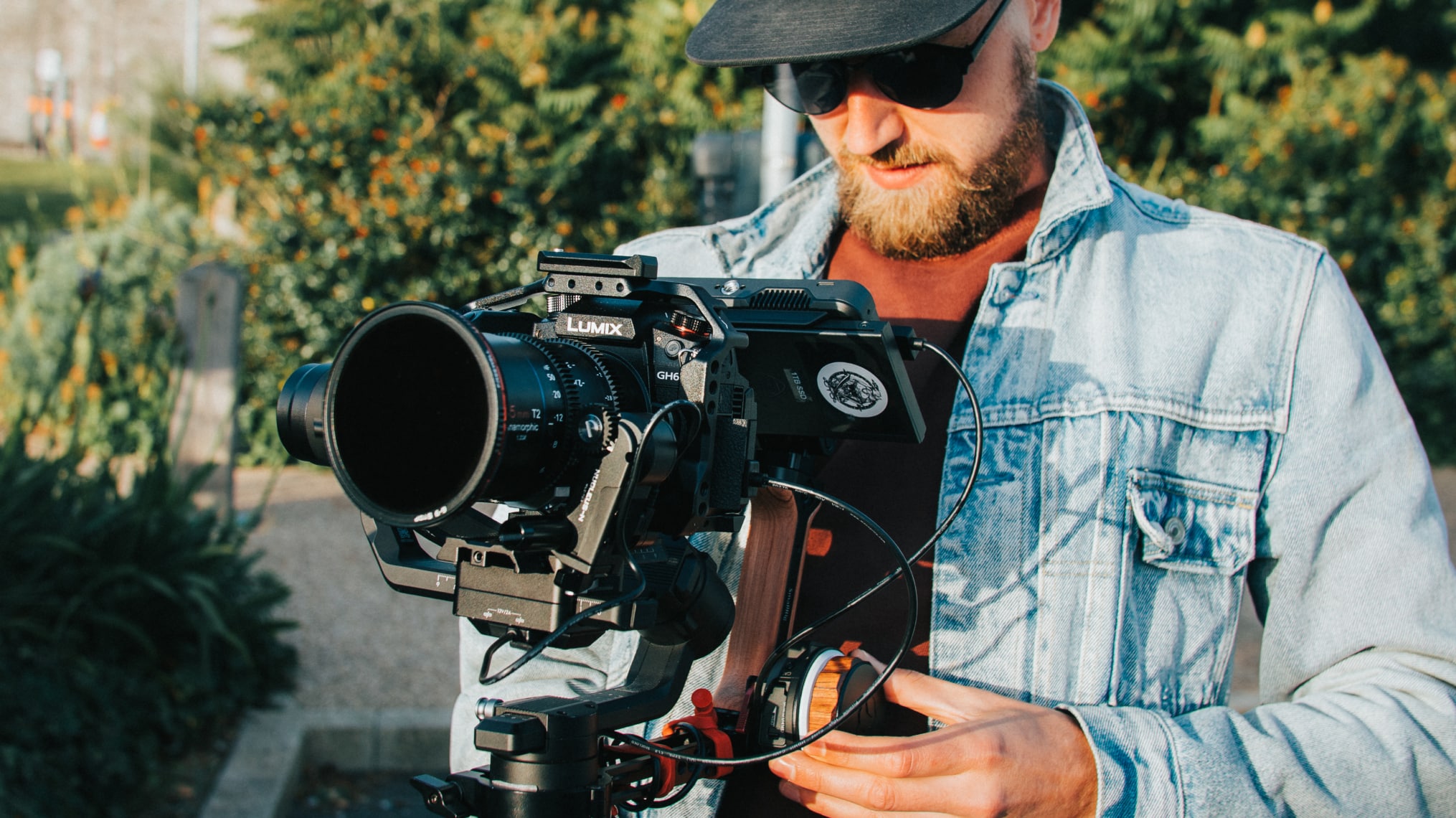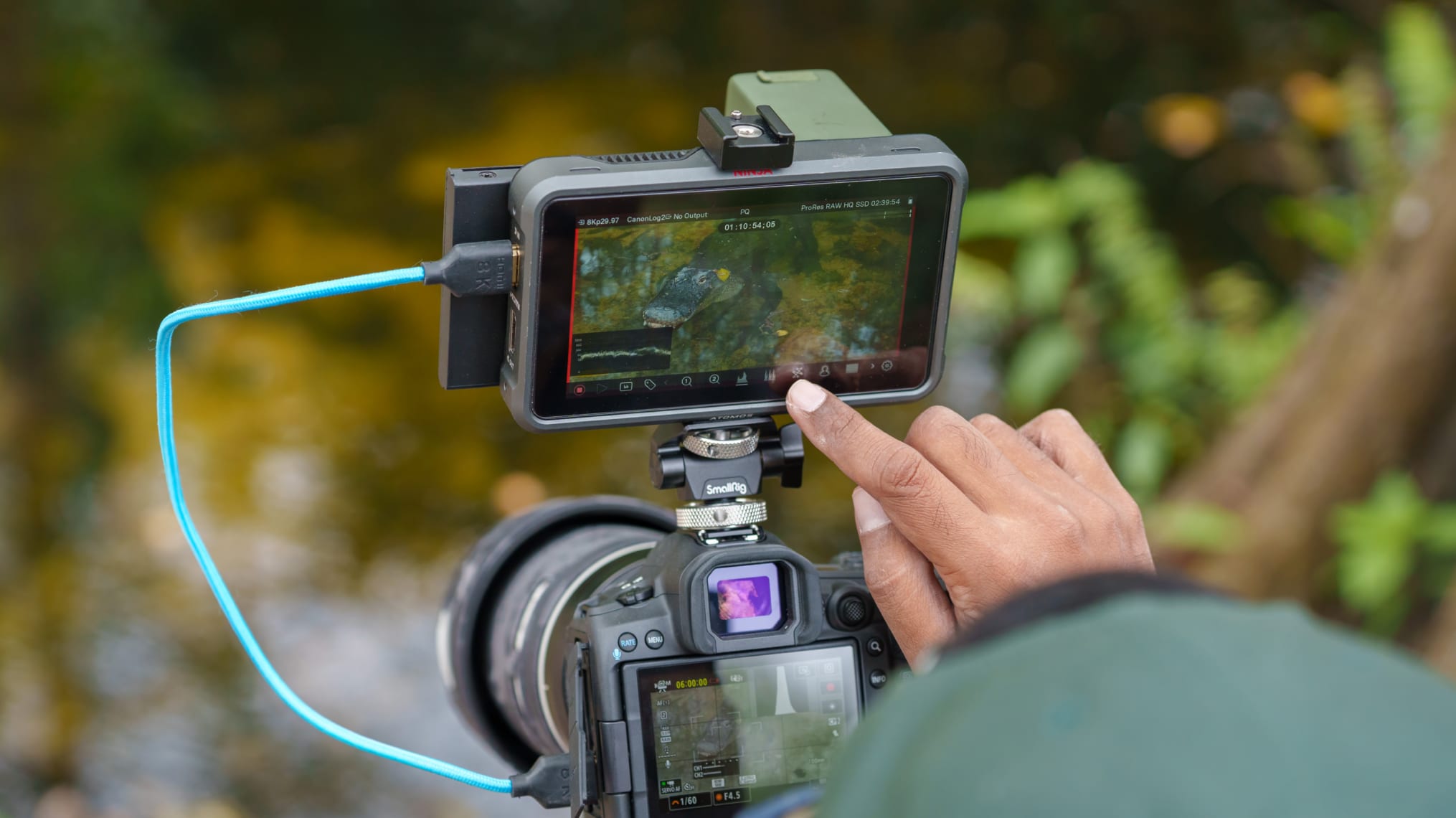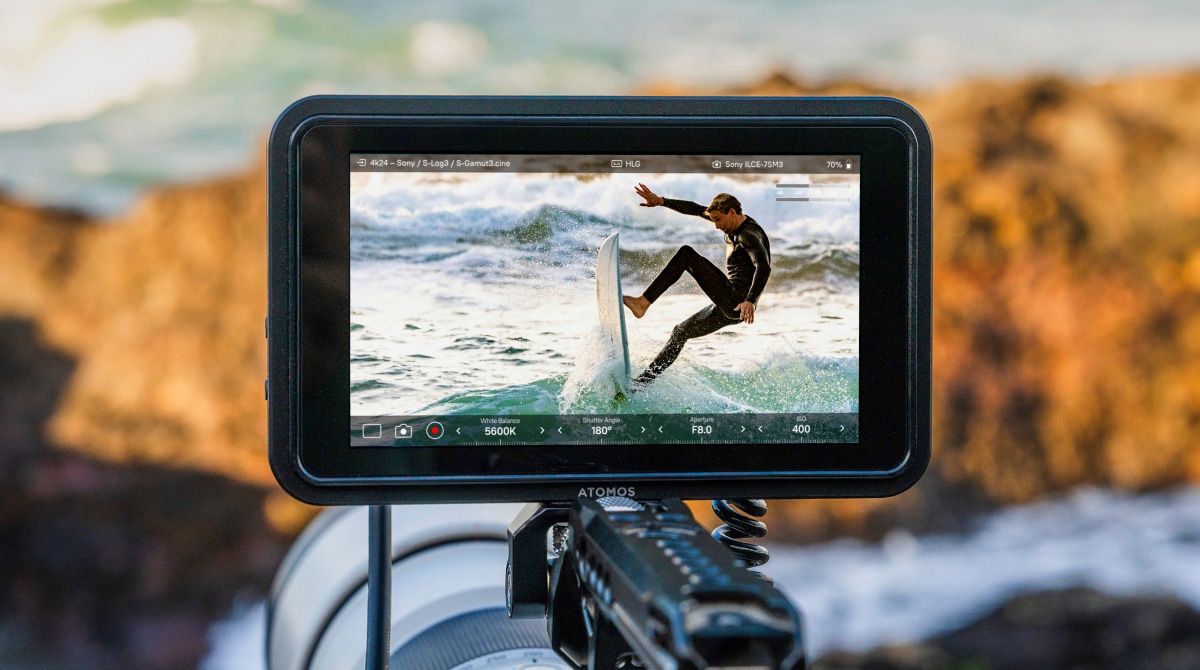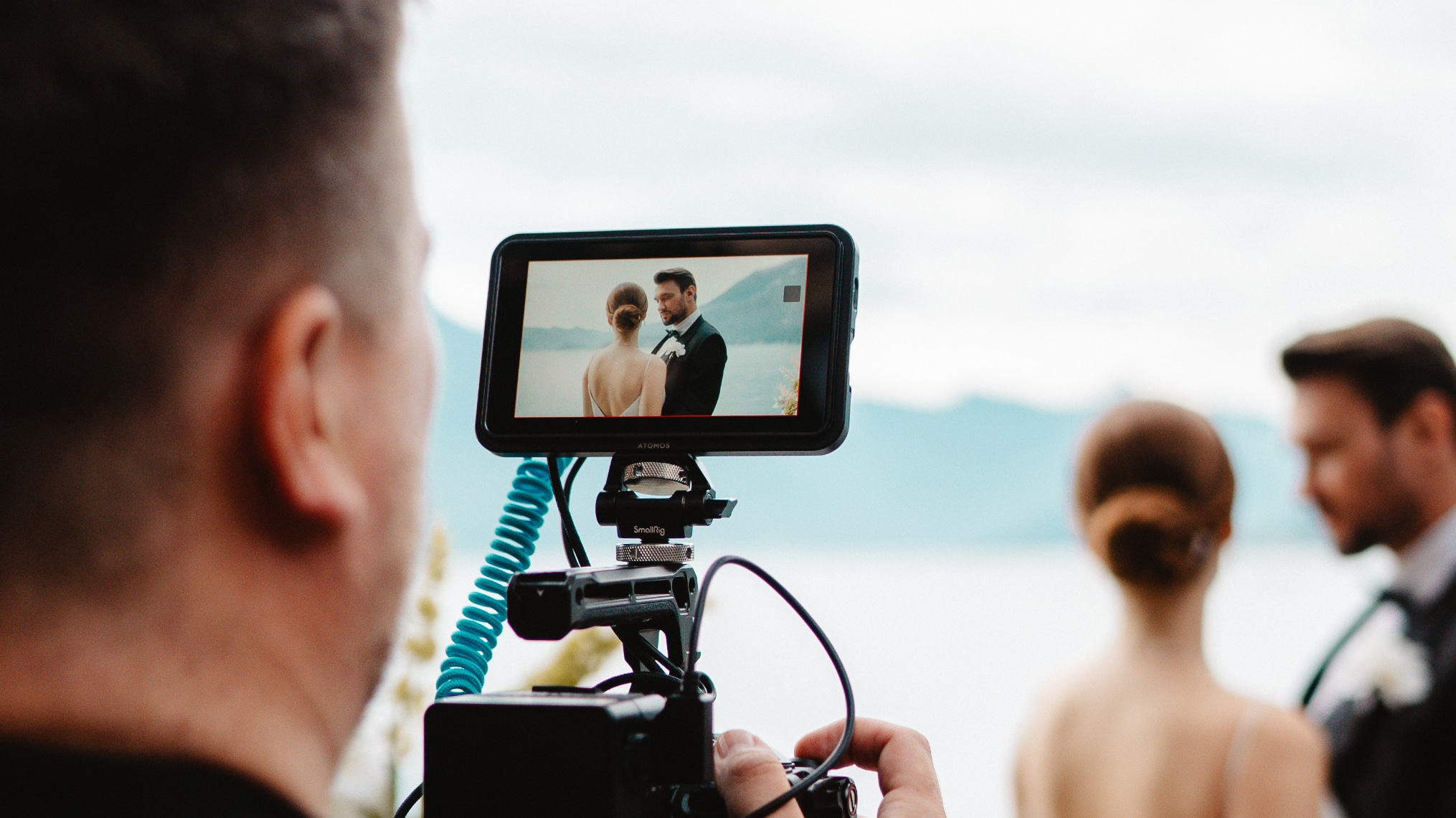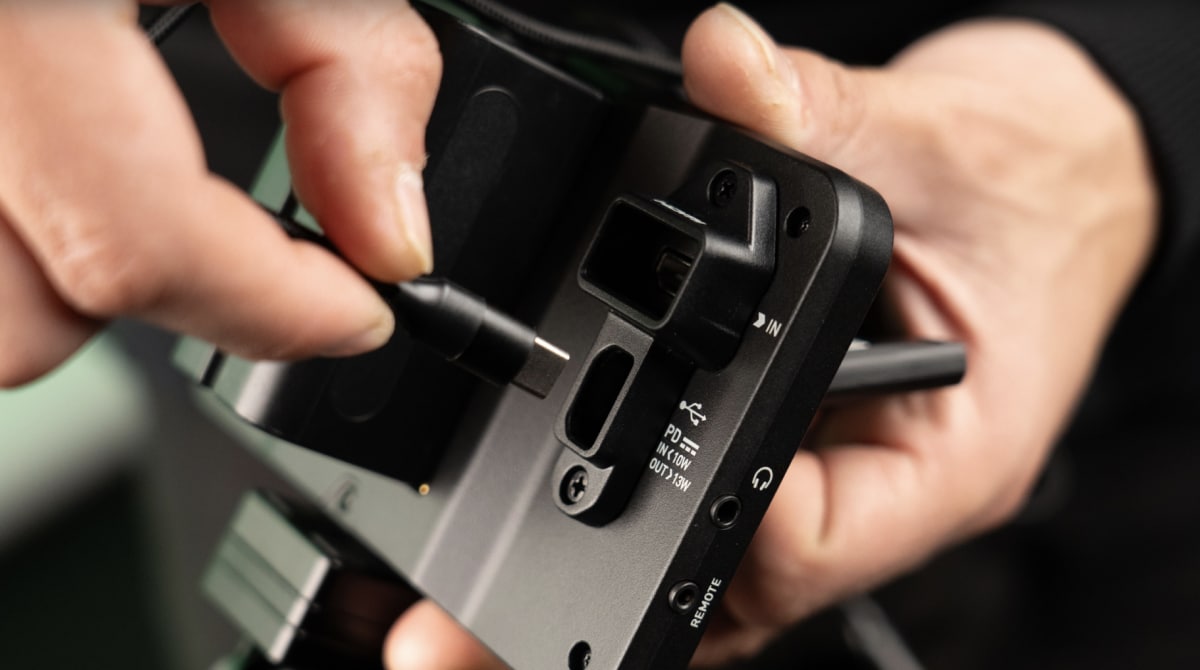How to choose the right camera monitor
We’ve all become used to cameras becoming ever-more compact, which is great news for those who don’t enjoy carrying around bags full of heavy equipment, but there is a price to pay for the shrinking size of your kit. One of the downsides is the fact that the size of your on-camera monitor is not likely to be much bigger than three inches, which makes it more difficult to properly assess what you’re shooting, and nigh-on impossible to share your live view with anyone else, such as a client or an assistant.
Enter the external monitor, which can be attached or detached from your camera or rig in a matter of moments, or even be positioned remotely, and suddenly the problem is solved. A high-quality monitor not only helps you see your shots more clearly but also ensures accurate color representation, that shots are in focus and perfectly framed.
You can take it a stage further, by adding a recording facility. Now you’ve effectively added another dimension to your set-up, by capturing video straight from the sensor, with fewer compression artefacts and in file formats that work smoothly with your editing software. You’ve also created a back-up for your footage, adding another crucial layer of security.
Atomos, a leader in the industry of professional video monitors and monitor-recorders, provides a wide range of solutions suited for different filming needs. In this guide, we’ll walk you through the key factors to consider when choosing a camera monitor.
For some guides for specific types of filming, see:
- Best camera monitor and accessories for outdoor & field filming
- Best camera monitor and solutions for multi-camera shoots
- Best camera monitor and solutions for live streaming
